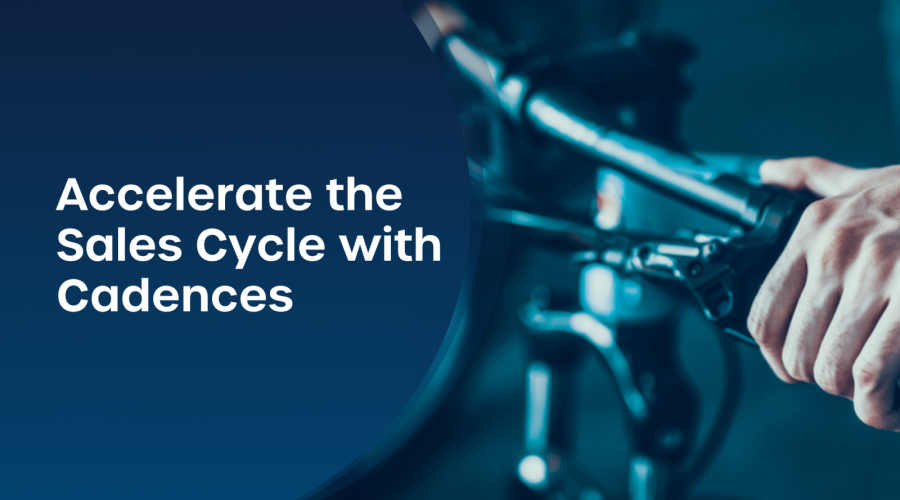When defining your sales process the emphasis is put on the steps a sales rep should go through to move a cold prospect to a warm lead, to a customer. What is sometimes forgotten is the steps to take if the process isn’t quite linear. What steps should a sales rep take if a prospect isn’t engaging with initial outreach?
As Helen Morgan, CEO of SalesFolk points out; if a prospect doesn’t engage with your initial communication there is a 21% chance that they’ll engage with the second. So if a prospect doesn’t move smoothly from prospecting to qualification to demonstration, it’s important to not waste the effort already put into securing the lead.
What are Sales Cadences?
A Sales Cadence is a set of steps a sales rep can follow to establish a connection with a prospect using several touchpoints via email, phone, and social channels.The cadence continues until the prospect either converts or exits out to the nurture funnel.
Developing sales cadences helps your sales team to accelerate the sales process. This creates a shorter sales cycle, increases the rate of customer acquisition and allows your business to scale fast.
The purpose of a sales cadence is to schedule your interactions at strategic intervals to maximise the impact of your outreach and engage your prospects at the right time with the right message.
Why should you implement Sales Cadences?
Speeds up Sales Process
Consistency is key when prospecting for new customers and sales cadences make that possible. Having a structured framework in place can speed up the outreach process, and help to engage more prospects who otherwise would have been left behind. Regular follow-ups can help you move hot leads across the sales funnel and close deals more effectively.
After you have decided upon the framework, next up is nailing down the details that yield the best results. Consider these points:
1. How you want to approach your prospects
2. Number of touchpoints they require
4. Duration of the cadence
5. Correct Channels
Focused your Efforts
Crafting the perfect sales cadence can increase response rates, and in turn conversion rates. They could make a huge difference to the bottom line.
The key to successful sales cadences lies in continuous follow-ups. Due.com suggests that a successful sales cadence consists of 8 to 12 touchpoints and it takes around seven of these interactions to get a prospect’s attention.
Research has also found that 63% of people requesting information on your company today will not purchase for at least three months, of which 20% will take more than 12 months to buy.
Sales cadences allow you to track each customer touchpoint and monitor what stage in the buyer journey each prospect is in. With a structured approach in place for your sales reps to follow, they’ll never miss out on reaching out to the right prospect or sharing crucial information that can push a prospect to a demo booking.
Easily scalable
Tracking where your prospects are in your sales process gets more and more complicated over time, so setting up a strategic sales cadence can put you in a position to scale up as your business grows.
If every member of your team is following the same structure, you don’t have to worry about different procedures because your sales cadence will be easily explained and adopted by every seller.
Having clearly defined sales cadences will help you organise and track where your different prospects are in your sales funnel.




